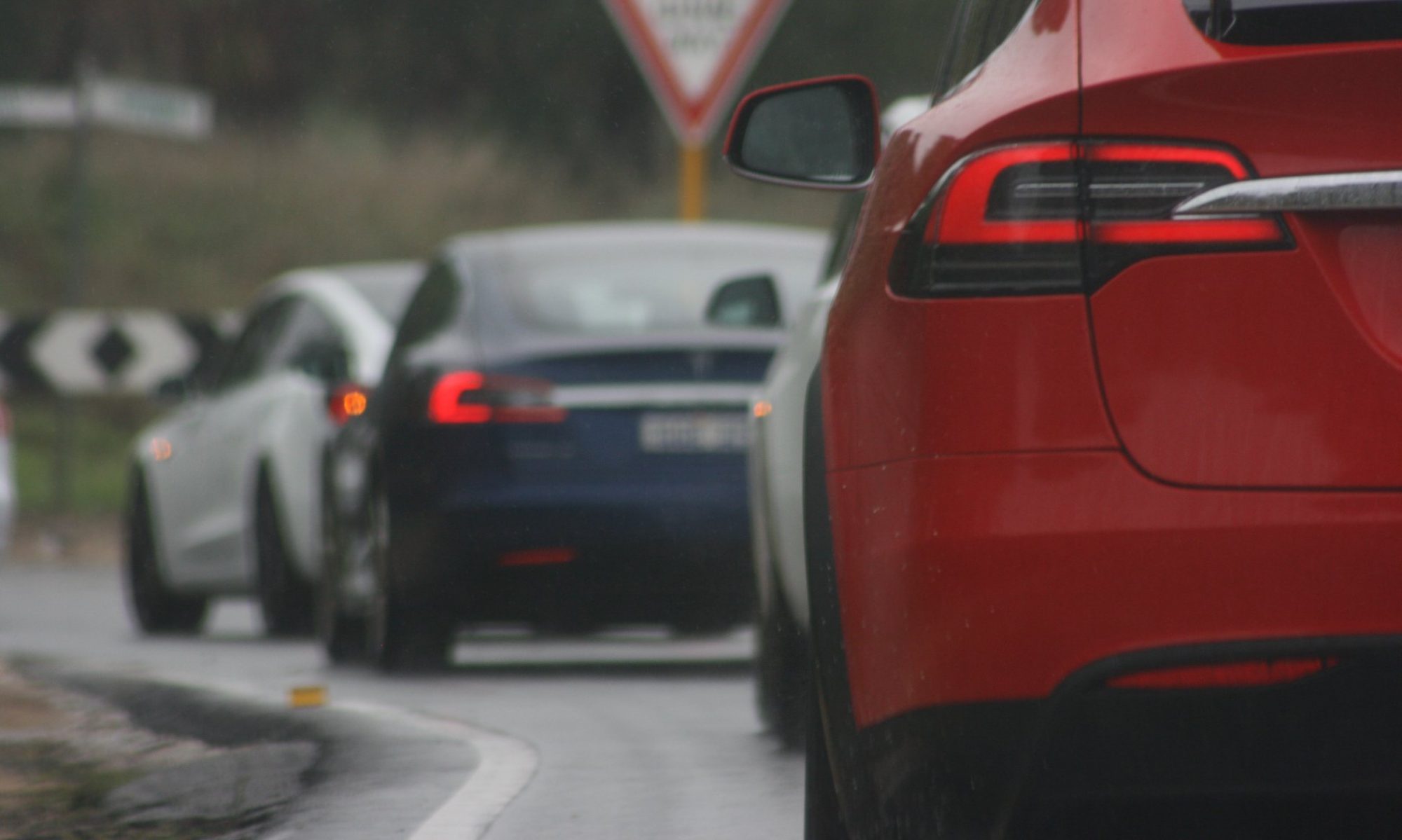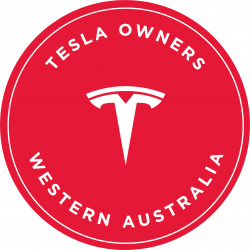Recently Perth based futurist Professor Ray Wills updated his predictions on electric vehicles. His forecast of all new vehicle sales globally being 100% electric by 2026 is a real eye opener to many, it also draws out the negative amongst Australians, even those who already own an electric vehicle. Not possible they say, not even 2036, normally followed by poorly researched reason why they disagree. Here are a few and why this reasoning is flawed.
Electric vehicles are not popular –
If most research is showing around 50% of drivers would like an EV in the future, that doesn’t mean a proportion of the other 50% won’t change their mind in the next six years, lower price and better functionality will quickly gain the attention of potential buyers, it did with big screen TVs, Digital Cameras and Mobile phones, EVs will do the same.
Some people live in multi story apartments, they can’t charge their car –
So how do they fuel up their petrol car at the apartments? They don’t, they drive to the service station, there’s no reason why the apartment living EV owner can’t drive down to a charging station and charge up while having a Coffee. There’s dozens of possible locations to charge an EV, there’s only one way to fuel a petrol car safely, at a service station.
There are some functions an EV just can’t perform –
90% of the driving population cruise around the city and suburbs, they don’t tow 3500kg boats on 2000km journeys without stopping more than once, they don’t spend every winter driving the Canning stock route, in fact 80% of the people who own a 4×4 don’t even know where the Canning stock is.
There are owners than just won’t drive anything without an internal combustion engine (ICE) –
I don’t doubt that, although those drivers will be a small minority, I also firmly believe they’ll have no reason to buy a new ICE from a dealership when the second hand car market will be awash with perfectly good and very cheap ICE vehicles.
The battery technology for long range 4x4s won’t be available by 2026 –
Maybe, maybe not, but as I say above the second hand vehicle market can cover that. Think about this though, in 2012 it was a wild dream that a 2200kg family sedan could travel 600kms on a charge as well as accelerate from 0-100kmh in 2.5 seconds, one little start up company from California achieved this by 2018, imagine what the combined forces of the worlds vehicle makers could achieve in battery technology.
The worlds vehicle makers will still produce profit making internal combustion engine vehicles in 2026 –
They’d like to but the cats now out of the bag, Tesla has seen to that, EVs are superior in nearly every area. On top of that there’s two other issues, one is the reduction in new vehicle sales world wide since 2018, and the other is the ever tightening regulations governments are placing on combustion engines, any vehicle maker that doesn’t quickly move to producing EVs is dead.
There’s not enough resources and factories to make all new vehicles electric by 2026 –
To start with new vehicle sales are on a decline and that will continue. There are a number of reasons for this, one of them being is that vehicles are becoming more reliable and longer lasting, adding EVs to the fleet will compound this problem for vehicle dealerships. In 2018 there were approximately 90 million passenger vehicles built worldwide, this could rapidly drop to below 70 million by 2026. As for resources and battery factories, don’t ever underestimate the opportunity to make money amongst the mining and processing industries, and most of all don’t ever underestimate the desperation to survive from the dozen or so remaining vehicle makers faced with dwindling vehicle sales.
Rob

